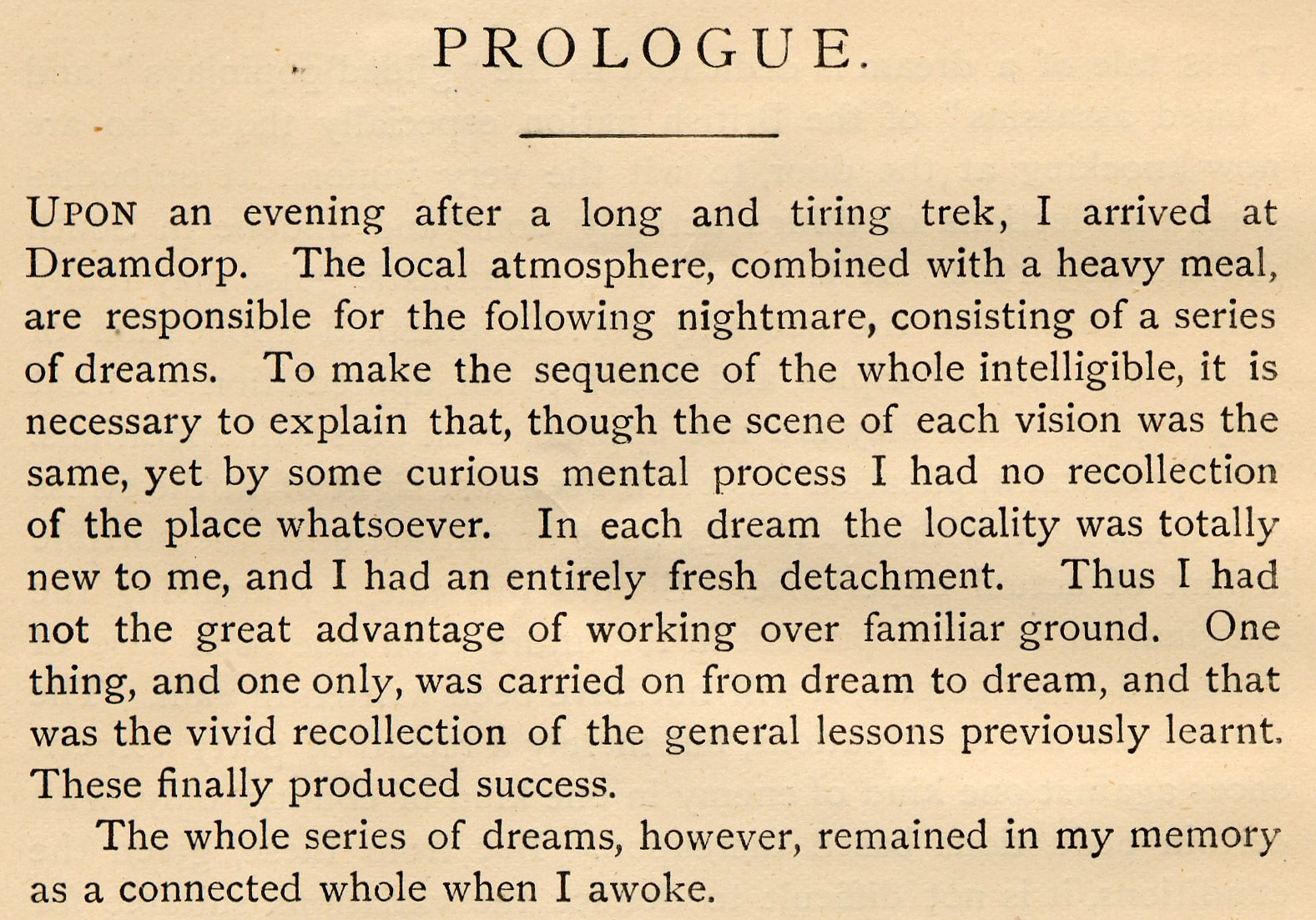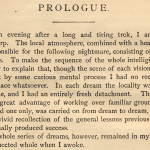
Writing Pitfall #2: Prologues and Epilogues
 Writing Pitfall #2: Prologues and Epilogues
Writing Pitfall #2: Prologues and Epilogues
Reposted with permission from Write Divas
So you want to write a prologue or epilogue. Yeah . . . no. Don’t.
Okay, okay . . . that’s a bit harsh, so let’s back up for a moment.
What exactly are prologues and epilogues, and what function do they serve in a manuscript?
To understand this, we should start at the beginning—with prologues, of course.
What is a prologue? Merriam-Webster defines a prologue as “the preface or introduction to a discourse, performance, or nondramatic literary work.” Which begs the question: under what circumstances does a manuscript need a preface or introduction?
- Foreshadowing: Instant suspense can be created when an author foreshadows dramatic events that happen later in the story—or describes the effects of those events—leaving the reader anxious to get started. In this case, the prologue acts as an appetizer, enticing the reader to continue to the main course.
- Catalysts occurring outside the timeline of the story: Often there is an event that occurs outside the timeframe of the story that will have a significant impact later, once the reader is immersed in the story line. Rather than giving the details of the event through an info dump or a flashback, an author shares this event in a prologue, where it holds a place of importance and, therefore, should jump out at the reader as something to keep in mind.
- To add excitement: Let’s face it, with all the information that needs to be conveyed when creating a world and establishing characters and scenes, a reader can be overwhelmed with the influx of everyday information. An exciting prologue can grip the reader and make her want—or need—to continue reading.
- A different perspective: Most stories are told from the first person or third person point of view of the main character, or main characters, which is great for consistency’s sake, but can be limiting with regard to perspective. One way an author can shake this up is by adding a prologue consisting of a scene written from a completely different perspective, say from the antagonist’s point of view. This gives the reader the benefit of additional information the main characters aren’t necessarily aware of.
- Sharing important information: There are times when a bit of information given in a prologue can save pages of confusion, especially in fantasy or science fiction, where the setting or background of a story is unfamiliar and would take pages to work into the storyline or simply doesn’t fit into the storyline without becoming an info dump. An author can use a prologue to introduce her world to the reader first, laying the groundwork for the story before the story actually begins.
But are these reasons valid? Many readers openly admit they completely skip over prologues. As an author you have to determine whether a prologue adds to the storyline, moves the story along, and is enough of a draw to risk readers skimming over it in favor of chapter one. Ask yourself a few hard questions before you commit to a prologue: Is this information necessary? Does it move the story along? Is the information important or exciting enough to risk?
There is something additional to keep in mind with regard to prologues: brevity is your friend. As readers have admitted, they skip over prologues completely. They are less likely to skim over a few lines or a short paragraph; however, paragraph after paragraph of prose may turn off even the most interested reader. If your prologue takes on a life of its own, you should reconsider the placement of the information. Remember, you only have one chance to make a first impression. Make your words count.
Once you’ve written your story and you’ve reached the end, you’ve got a choice to make.To epilogue or not to epilogue. Checking in with Merriam-Webster once again, an epilogue is “a concluding section that rounds out the design of a literary work.”
Authors use epilogues for as many reasons as they use prologues:
- To tie up any loose ends: No one likes loose ends, right?
- To follow up the “happily ever after”: Some authors end their story right at the moment the conflict is resolved, leaving the reader wanting more happiness for their beloved characters.
- To give a glimpse into the future: Similarly, an epilogue can take the reader farther into the future to show subsequent events and how relationships are affected by them.
- To insert a sex scene: Come on, we’ve all read them, that last sex scene that happens after the happily ever after.
- To preface a sequel: That one’s pretty self-explanatory, I hope.
But are these reasons valid? Not everyone hates loose ends. All too often, readers complain about things being tied up in a neat little bow. Is there always a need to show the perfect happy ending, or should the reader be allowed to attach their own version of a happily ever after to the end of a story? Is that sex scene a gratuitous add-on, or should it be incorporated into the storyline? And buried within the layers of your story can be hints that there will be a sequel without blatantly announcing it in an epilogue.
Therefore, when considering writing an epilogue, authors should ask themselves the same questions they did for the prologue: Is this information necessary? Does it move the story along? Is the information important or exciting enough to include? While it’s true that many purchases probably don’t hinge on the use of an epilogue, those are the last words you leave with the reader. Make them to be words worth remembering.